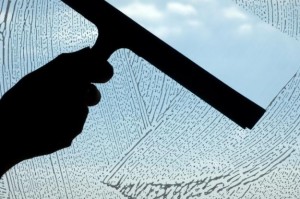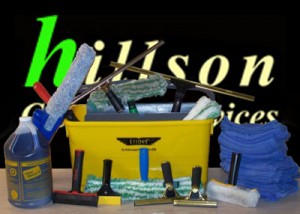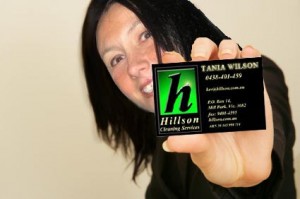The frequency that cleaners are required to clean premises comes down to the type of business and traffic they experience. For instance businesses in the retail and hospitality industry often require daily cleans in order to maintain a polished image, entice customers and encourage their return business. Office cleaning does not have the same intensity, so many of our customers prefer our professional cleaning to be conducted on a weekly or bi-weekly basis.
 It’s well understood that a clean and tidy office environment will increase hygiene, enhance company morale and customer relations. This in turn leads to a boost in productivity. So we’ve come up with a list of handy hints in order to maintain a clean and tidy environment in your office in between visits by your professional cleaners:
It’s well understood that a clean and tidy office environment will increase hygiene, enhance company morale and customer relations. This in turn leads to a boost in productivity. So we’ve come up with a list of handy hints in order to maintain a clean and tidy environment in your office in between visits by your professional cleaners:
- Tidy Desks: Maintaining a tidy desk assists in work performance and productivity. It also enables the desk to be cleaned thoroughly. Make use of items that will maintain order such as desk drawers for storage, desk organisers, pen holders, In and Out baskets.
- Wet Wipes: Have at arm’s reach wet wipes or disinfectant and paper towel to clean up any accidents, spillage, coffee marks you may leave behind during the course of the day.
- Food Storage/Disposal: Food often is a source of odours within the office. This can be reduced by making use of the proper storage facilities such as a drawer or the kitchen refrigerator. Dispose of foods in the bins located in the kitchen or outside office area rather than at your desk.
- Hang Items: Slinging items of clothing over chairs or desks makes the office look cluttered, unkempt. Make use of cupboards or if not available use hooks or coat stands.
- File Cabinets: Once any work is completed, file any documents/folders that are no longer required. Aim to keep the out tray clear as well. Not only does it make your desk look tidy but creates order and keeps you feeling in control.
- Coffee Mugs: Most people enjoy a cuppa whilst working, some can’t work without one. If you fit into this category, make use of coasters to prevent coffee rings on your desk and return mugs to kitchen and clean. Don’t leave dirty mugs on your desk.
- Pickup Rubbish: Rubbish lying on the floor makes the office look dishevelled even chaotic. A few suggestions, have the bin close by, avoid going for the long hoop shot – it’s amazing how many of us are poor shots and then too lazy to pick up after ourselves. Make sure you pull out staples over the bin rather than letting them fall to the floor embedding themselves in the carpet. Empty the bin when it gets full, don’t allow it to overflow.
- Air Freshener/Incense: An office with bad odours are off putting for staff and visiting clients. Combat these smells with air fresheners or incense as some of my clients tend to use.
- Avoid Office Clutter: Tidiness applies not only to the desk, look at the entire office space. Dispose of any unwanted items that maybe on shelves or on the floor. Folders and boxes lying on floors for months at a time are commonplace. If they are not required, move them to where they belong. This helps avoid trip hazards, allows for better cleaning of carpets by cleaners and makes your office look presentable.
- Start Afresh: Before you leave for the day spend a few minutes to tidy up your desk and office. You’ll appreciate it the next day and if the cleaners are due in that night, so will they.
Follow these easy tips, make it a routine and your office will remain hygienic and tidy throughout the week, not just following the professional cleaners. Remember, a clean office promotes a healthy working environment, improved work performance, and supports better customer relations.



